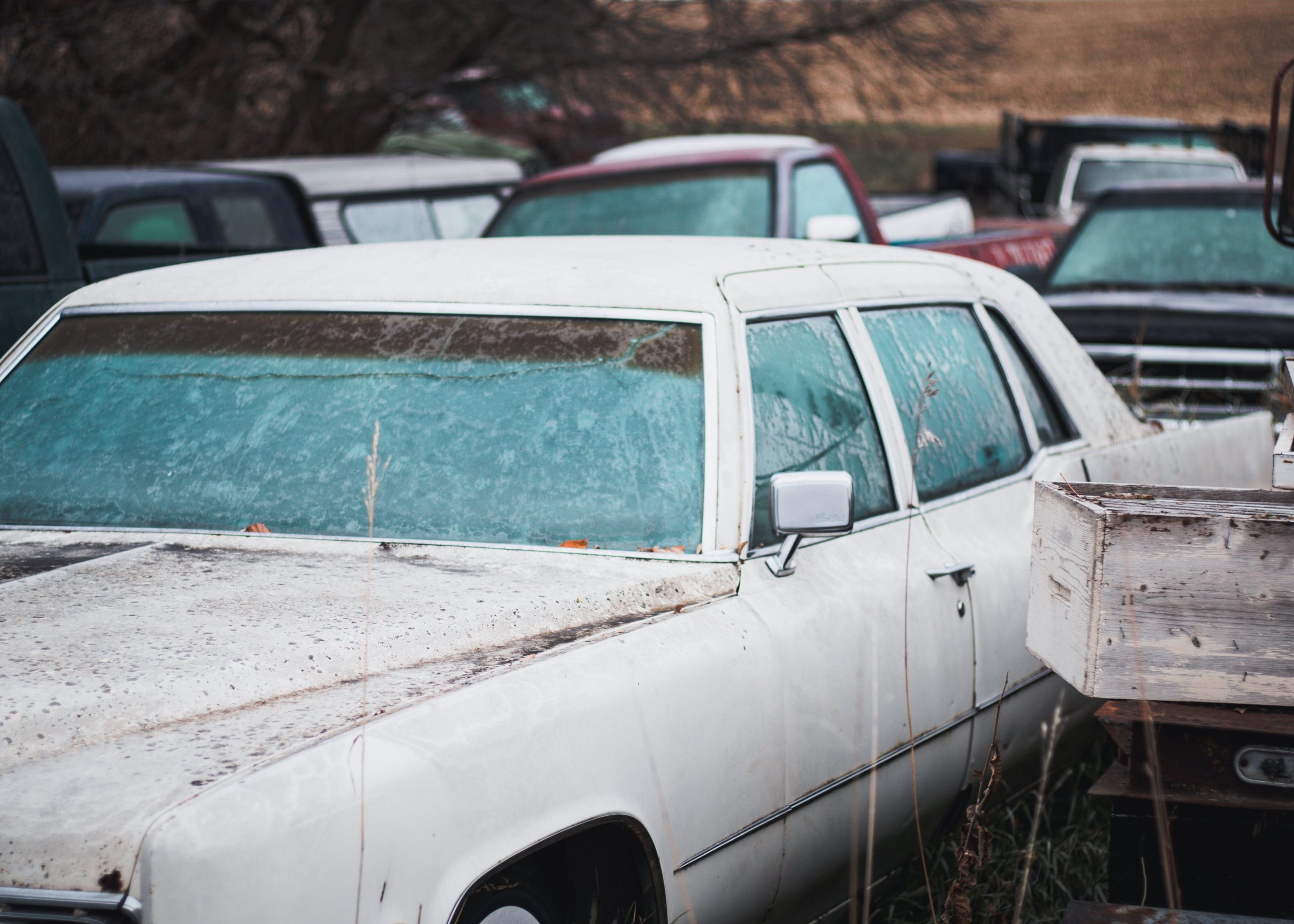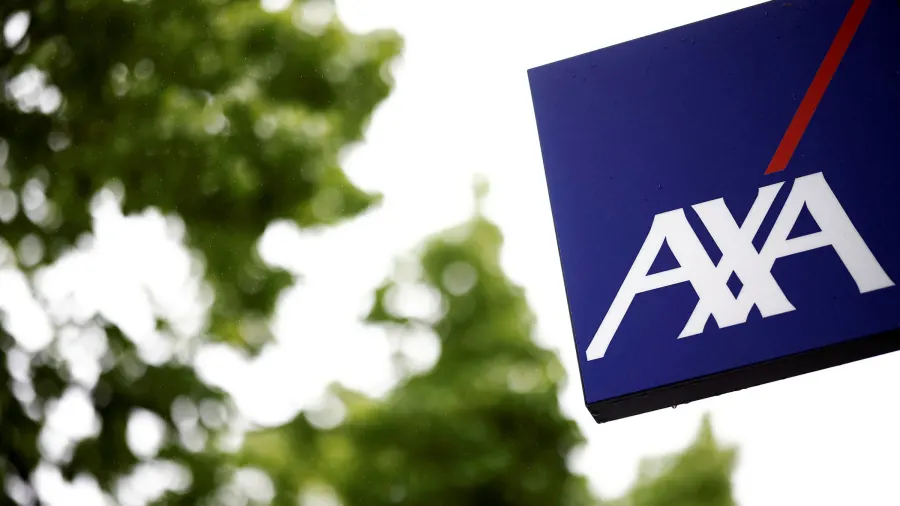
Numerous properties are predicted to develop cracks as a result of the prolonged hot and dry weather.
After the recent hot weather caused cracks to form in houses throughout London and the south-east, in particular, insurance firms are seeing an increase in subsidence claims, which is in contrast to 2018, when more than 20,000 properties were impacted.
Loss adjuster Sedgwick reported a surge event on Monday, which means that for two weeks, the amount of subsidence claims it received from insurers was more than 200% more than average.
Recent heat waves have dried out clay soils, causing homes to become unstable.
Sedgwick anticipates that claims will increase by 400% over normal levels in the coming weeks.
The majority of the soil’s moisture has disappeared, according to James Preston, the company’s technical director.
According to him, this year might end up being worse than last year, when 23,000 claims were filed throughout the sector, resulting in a $145 million cost.
Back in 2014, cooler weather that followed an intense heat wave cushioned some of the blow.
Preston, however, said that despite recent rain, the longer-term weather outlook may indicate drier, riskier circumstances.
We may remain in the soil at a greater degree of desiccation for a longer time, he continued.
The Association of British Insurers, a trade organisation, said that its members comprehend how distressing the danger of subsidence can be for homes.
Its advise to homeowners is to remain calm if they see a crack since it could not be caused by subsidence.
One of the largest insurers in the UK, LV, which covers 2.4 million properties, said this week that the number of subsidence claims during the first two weeks of August increased by more than 200 percent when compared to the same time last year.
This comes after the business, which is a subsidiary of the German Allianz, disclosed £1.2 million in claims related to the heatwave last month, which resulted in the destruction of garages, fences, and garden furniture as heathland fires spread into yards.
Additionally, forecasts of flash floods due to rains on parched soil provide a risk to homeowners and their insurance.
The sector was “really beginning to witness the repercussions of climate change and the impact this is having on houses — whether that is via storm, flood, fire, or subsidence claims,” said to Sarah Smith, LV’s head of residential underwriting, in a statement this month.
Following the recent hot weather, Aviva, which covers 2.9 million houses, or just over 10% of UK households, said this week that it has received increased customer inquiries about subsidence.
However, the company went on to stress that it was “still too early to determine if this year will result in an overall spike in the number of subsidence claims, and we’ll need to continue monitoring the weather for the next several months.”
It said that any rainy weather would reduce the danger.

























